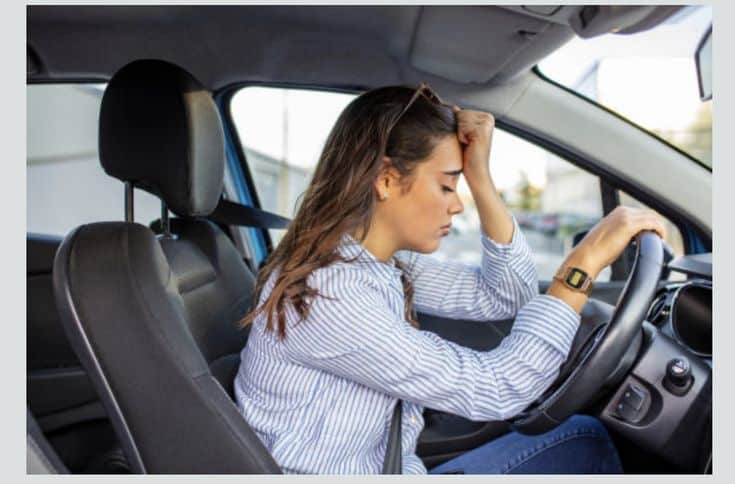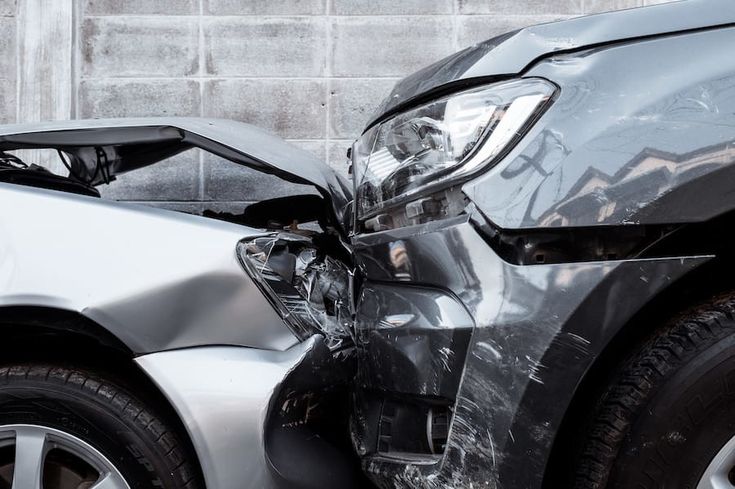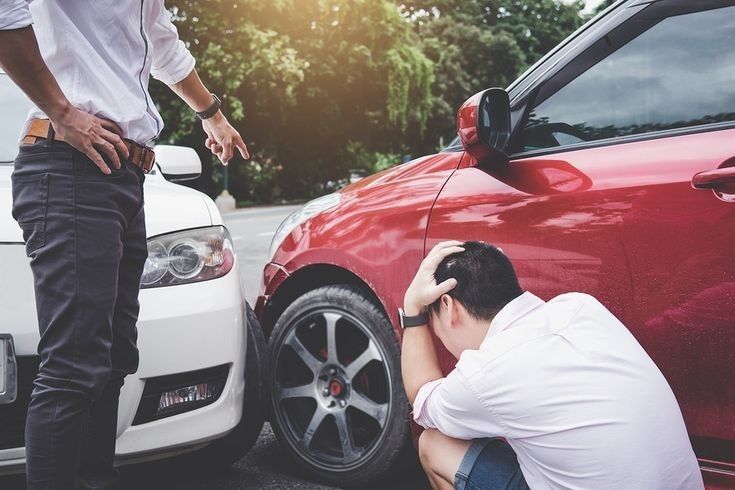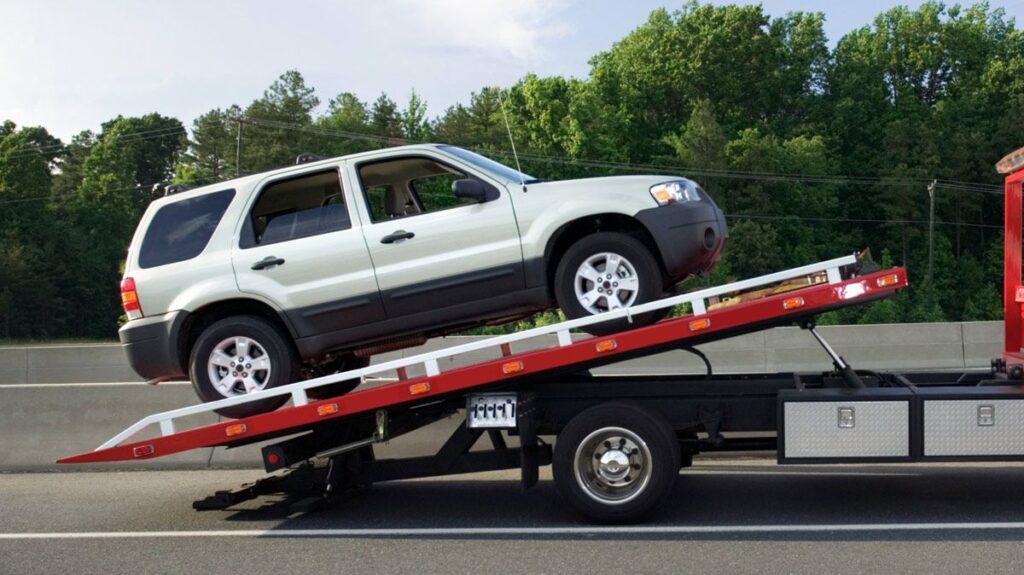
Auto accidents can be sudden and overwhelming, leaving drivers unsure of what steps to take next. Whether it’s a minor collision or a more serious crash, knowing how to respond properly can protect your safety, legal rights, and finances. Let’s check out the essential steps to follow after an auto accident, including how to handle documentation, communicate with others involved, and navigate insurance and repairs.
Prioritize Safety and Assess Injuries
The first and most important step after any accident is ensuring everyone’s safety. Check yourself, passengers, and other parties for injuries. Call emergency services immediately if anyone is hurt. If possible and safe, move vehicles out of traffic to avoid further accidents. However, if the accident is severe or there is danger, such as leaking fuel, keep vehicles where they are and wait for professionals.

Exchange Essential Information
Collect information from all drivers involved, including names, contact numbers, driver’s license details, insurance policy numbers, and vehicle registration. Also, try to get contact info from any witnesses. This data is vital for insurance claims and any legal matters. Keep your composure and avoid admitting fault or arguing at the scene, as these can complicate claims and liability.
Document the Accident Scene Thoroughly
Take detailed photos of vehicle damage, license plates, and the overall accident scene, including road conditions, traffic signals, and any relevant signage. If safe, record videos or audio statements. Write down the date, time, weather, and a clear description of the events while your memory is fresh. This evidence will support your insurance claim and may be needed by law enforcement.

Report the Accident to Authorities
Many states require you to file a police report after an accident, especially if there is significant damage or injury. Police reports provide an official account of the incident and are often crucial when filing insurance claims or pursuing legal action. It’s important to report any hit-and-run accidents promptly—across the country, roughly 700,000 hit-and-run accidents occur annually, making it vital to involve authorities to help identify the responsible party.
Notify Your Insurance Provider Promptly
Contact your insurance company as soon as possible to report the accident and begin the claims process. Provide them with all information and documentation gathered at the scene. Being honest and clear will help ensure your claim proceeds smoothly. Your insurer will guide you on next steps, including vehicle inspections and repair arrangements. Understanding your coverage helps set expectations for costs and timelines.

Select a Trusted Auto Repair Shop
With more than 160,000 auto maintenance and repair companies across the U.S., you have many choices for getting your vehicle fixed after an accident. Look for repair shops with good reputations, certifications, and positive reviews. Your insurance company may recommend specific shops. Always request detailed repair estimates and inquire about warranties to ensure quality and protect yourself against future issues.
Arrange for Towing Services if Necessary
If your vehicle can’t be driven, towing services will be required to move it to a repair shop or safe location. The towing industry is robust, with about 165,000 towing businesses operating nationwide in 2024. To avoid unexpected expenses, check if your insurance or roadside assistance covers towing and whether they have preferred providers. Prompt and reliable towing can prevent further damage and speed up your recovery process.

Keep Organized Records and Follow Up
Throughout the claims and repair process, keep all documents such as police reports, medical bills, insurance correspondence, and repair receipts organized. Regularly follow up with your insurance company and repair shop to ensure progress and resolve any issues. If injuries are involved, maintain contact with healthcare providers and car accident lawyers to protect your health and legal rights fully.
Auto accidents are challenging, but knowing the right steps to take can make recovery smoother and less stressful. Prioritize safety, document everything, involve the proper authorities, and communicate clearly with insurance and service providers. The extensive network of auto repair and towing companies across the country stands ready to support you. Staying informed and prepared ensures you’re equipped to handle whatever comes your way on the road.
- 3shares
- Facebook0
- Pinterest0
- Twitter3
- Reddit0





